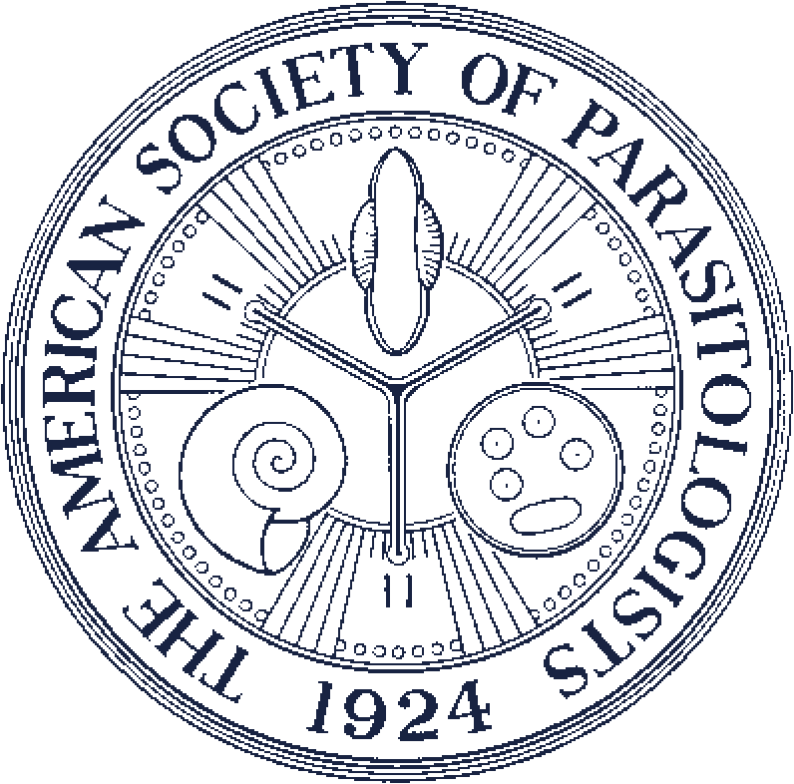Species-Specific Primers Designed from RAPD Products for Bithynia funiculata, the First Intermediate Host of Liver Fluke, Opisthorchis viverrini, in North Thailand
Bithynia funiculata is the first intermediate host of the human liver fluke Opisthorchis viverrini in northern Thailand but its identification through morphological analysis is often problematic due to the shortage of gastropod taxonomists. As a consequence, we focused on the development of species-specific primers for use as an identification tool. Our work involved recovery of a 502-base pair (bp) amplicon of unknown function through species-specific primers whose effectiveness was tested by analyzing specimens of B. funiculata from 3 locations in northern Thailand. This primer set did not amplify other species in the Bithyniidae or in other gastropod families. By providing a tool to confirm morphological identifications of B. funiculata, and by enabling the identification of juvenile specimens and those with damaged shells, these primers will improve estimates of the prevalence of parasitic infections in this snail.Abstract:

(a) The shell morphology of bithyniid snails (A) Bithynia funiculata; (B) Bithynia siamensis goniomphalos; (C) Hydrobioides nassa, Hydrobioides nassa; (D) Bithynia siamensis siamensis; (E) Wattebledia crosseana; (F) Wattebledia siamensis; (G) Wattebledia baschi; (H) Gabbia wykoffi; (I) Gabbia pygmaea; (J) Gabbia erawanensis. Scale bar: A–J = 1 mm. (b) The shell morphology of snails in other families. (A) Thiaridae: Melanoides tuberculata; (B) Buccinidae: Clea (Anentome) helena; (C) Viviparidae: Filopaludina martensi martensi; (D) Ampullaridae: Pomacea canaliculata; (E) Bulinidae: Indoplanorbis exustus. Scale bar: A–E = 1 cm.

RAPD-PCR patterns of bithyniid snails showing the specific band for Bithynia funiculata at 872 bp that was excised for DNA sequencing. Lane M: 100 bp DNA ladder, lanes 1–11: PCR products for B. funiculata, Bithynia siamensis goniomphalos, Bithynia siamensis siamensis, Wattebledia crosseana, Wattebledia siamensis, Wattebledia baschi, Gabbia wykoffi, Gabbia pygmaea, Gabbia erawanensis, Hydrobioides nassa, and Escherichia coli, respectively.

Agarose gel with representative PCR products obtained from the genomic DNA of Bithynia funiculata from various localities using species-specific primers. The arrow indicates the 502-bp amplicon from B. funiculata. Lane M: 100 bp DNA ladder, lanes 1–4 PCR of samples from four localities in Chiang Mai province: Mae Tang, Muang Chiang Mai, Hang Dong, and Sankamphaeng Districts, respectively, and lanes 5–6: distilled water and Escherichia coli.

(a) Agarose gel showing the specificity of species-specific primers when tested against different species of bithyniid snails. The indicated 502-bp amplicon from Bithynia funiculata Lane M: 100 bp DNA ladder, lane 1: B. funiculata, lanes 2–12: Bithynia siamensis siamensis, Bithynia siamensis goniomphalos, Wattebledia siamensis, Wattebledia crosseana, Wattebledia baschi, Gabbia pygmaea, Gabbia wykoffi, Gabbia erawanensis, Hydrobioides nassa, distilled water, and Escherichia coli, respectively. (b) Agarose gel showing the specificity of species-specific primers with other species. The indicated 502-bp amplicon from B. funiculata. Lane M: 100 bp DNA ladder, lanes 1–7: B. funiculata, Melanoides tuberculata, Clea helena, Filopaludina martensi martensi, Pomacea canaliculata, Indoplanorbis exustus, and distilled water, respectively.
Contributor Notes
